
Current Exhibition
J. T. Sata: Immigrant Modernist
Audio Tour
Welcome to the audio guide for J.T. Sata: Immigrant Modernist. Learn about the artist, his work, and his prewar and wartime experiences with exhibition curator Dennis Reed.
Click on the buttons and arrows below to listen to the audio and view the transcripts.
The audio tour is also available through the Bloomberg Connects app. LEARN MORE
Audio Tour
March 15 - September 01, 2024
Japanese American National Museum
100 North Central Avenue
Los Angeles, CA 90012
Audio Tour
Welcome to the audio guide for J.T. Sata: Immigrant Modernist. Learn about the artist, his work, and his prewar and wartime experiences with exhibition curator Dennis Reed.
Click on the buttons and arrows below to listen to the audio and view the transcripts.
The audio tour is also available through the Bloomberg Connects app. LEARN MORE
Audio Tour
March 15 - September 01, 2024
Japanese American National Museum
100 North Central Avenue
Los Angeles, CA 90012
Audio Tour
Welcome to the audio guide for J.T. Sata: Immigrant Modernist. Learn about the artist, his work, and his prewar and wartime experiences with exhibition curator Dennis Reed.
Click on the buttons and arrows below to listen to the audio and view the transcripts.
The audio tour is also available through the Bloomberg Connects app. LEARN MORE
AUDIO TOUR
INTRODUCTION
Meet the exhibition curator
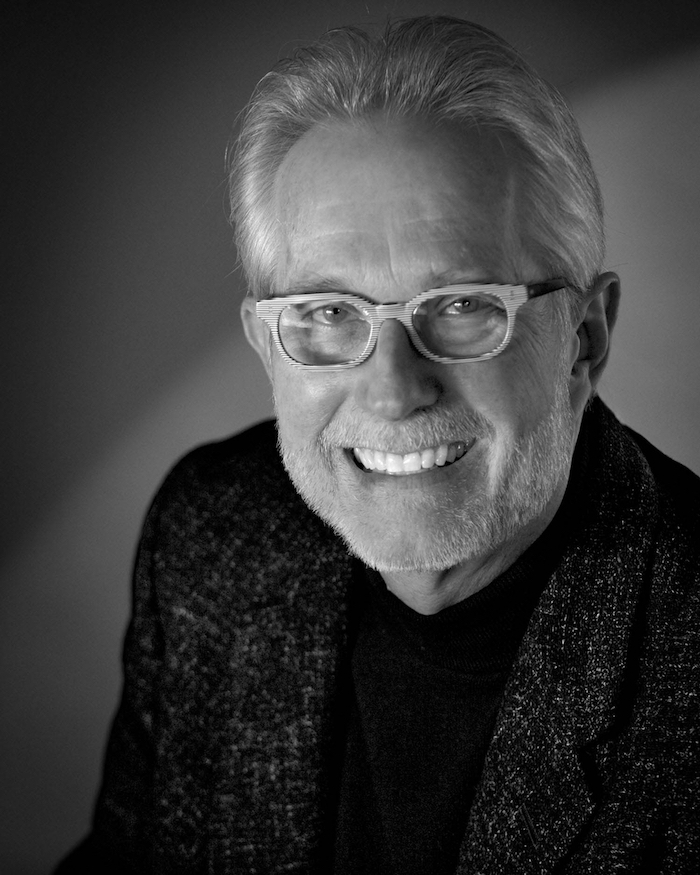
Welcome and thank you for joining me. I’m Dennis Reed, the exhibition curator. This exhibition tells the story of J.T. Sata, who immigrated from Japan in 1918 and settled in Los Angeles. His heritage was samurai and of a particularly elevated station, but his life here was typical of the thousands who came to America from Japan. He faced many challenges including racism and limited economic opportunities. He worked first as a servant and then in various menial jobs throughout his life, but he had a lofty goal. He wanted to be an artist, and in that he found success.
Triangles and Balls
Learn about the Japanese Camera Pictorialists of California
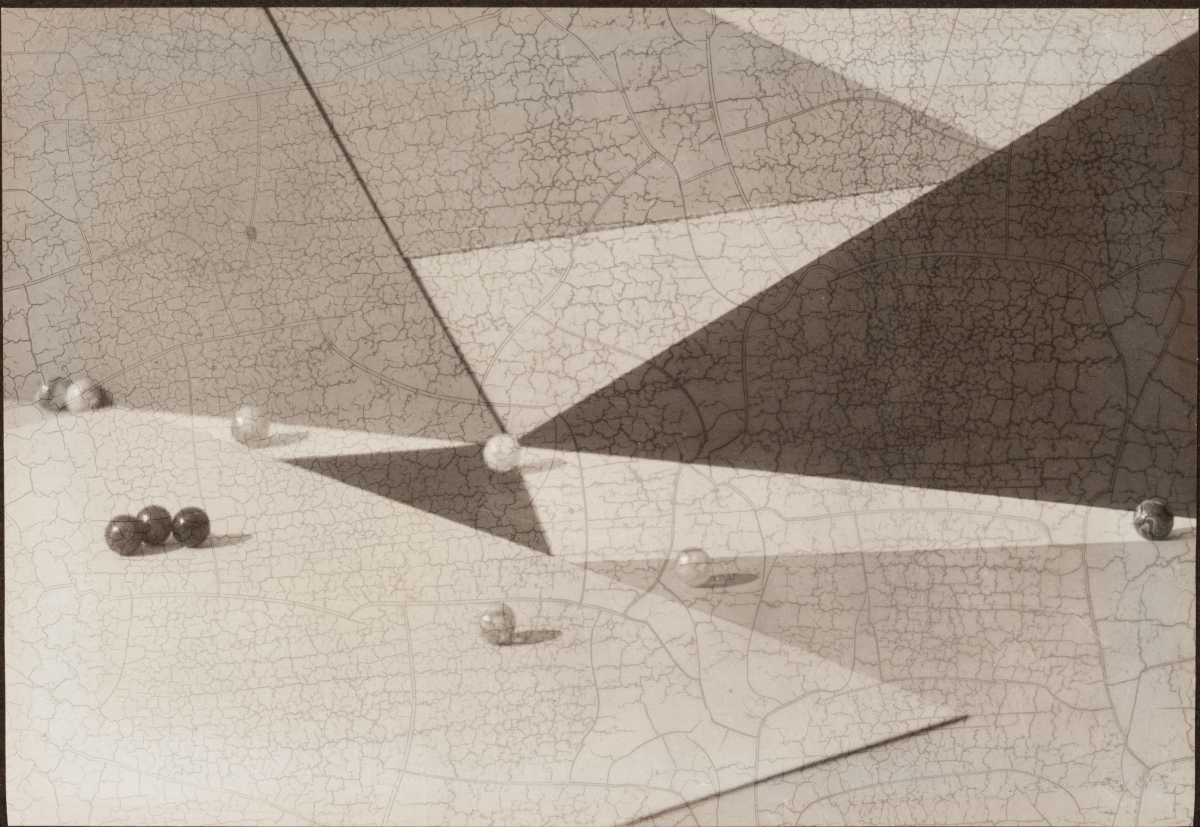
Let’s look at one of Sata’s photographs, triangles and balls. This composition of spheres and triangles is very modern. It was done during the jazz age, a period that emphasized innovation and freedom and an art geometric design and pattern. Sata wanted to express the forward-looking, experimental character of the period. He was not alone in this desire. Sata belonged to a photography club, the Japanese Camera Pictorialists of California, based in Little Tokyo. The word “pictorialist” in the title meant artist. So, they were the Japanese camera artist of California. The club was founded the year this photograph was made, in 1926. All of its members were interested in making art photographs, but many also wanted to make modernist photographs.
Bridge Shadows
See how the artist blended heritage and modernism
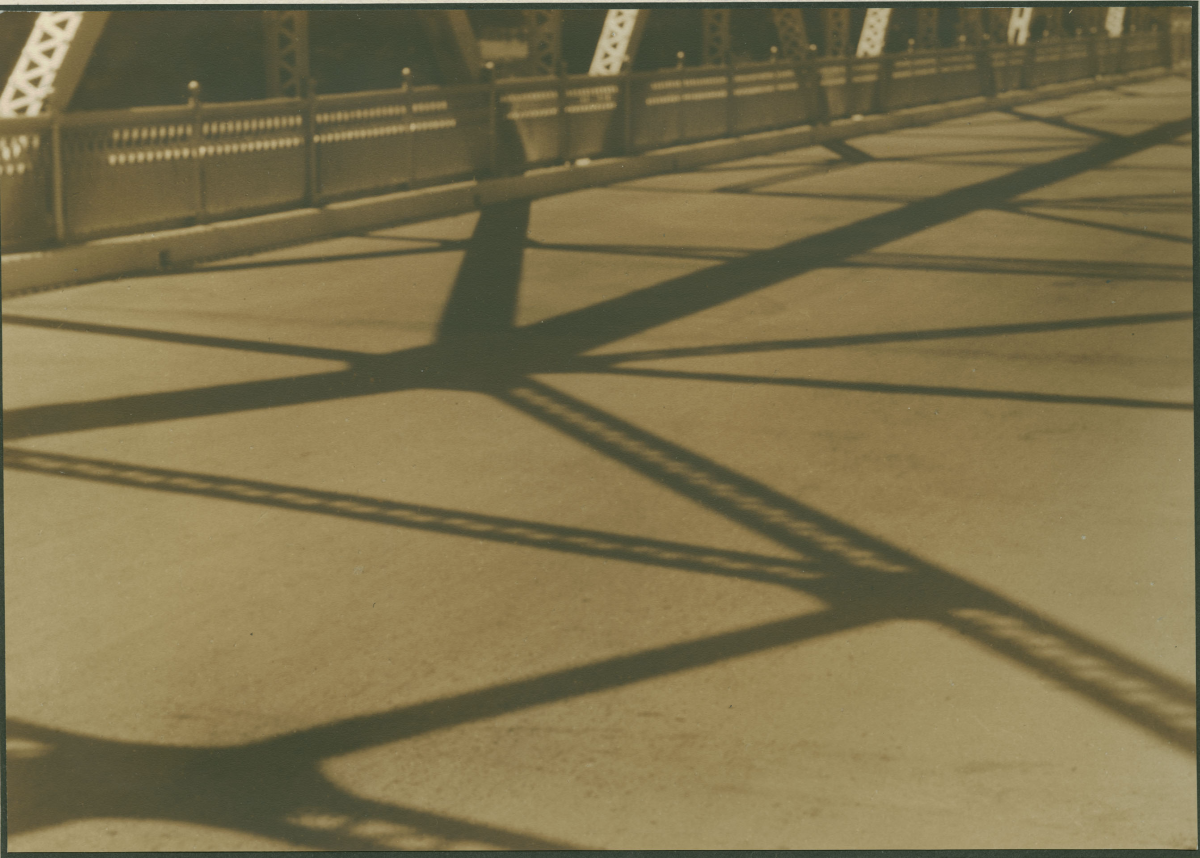
Let’s look at this image of bridge shadows with its angular shapes and patterns. Why would Sata have selected this as his subject? Photographs created by Sata and his fellow Japanese Americans often reflected their Japanese heritage both spiritually and visually. Inspiration included the simplicity of zen rock gardens, the economy of haiku poetry, and the precision of the tea ceremony for visual sources. They looked to the shapes, patterns, and compositions found in kimono designs, calligraphy, and woodblock prints. In this photograph, Sata has taken advantage of the shadows cast by a bridge to create a modernist abstraction. At the same time, the shapes and patterns honor his artistic heritage. This combination of Japanese heritage and modernism can be seen in many of Sata’s works, such as the adjacent images of cement pipes and mud cracks.
Crane and Moon
Explore a Japanese concept
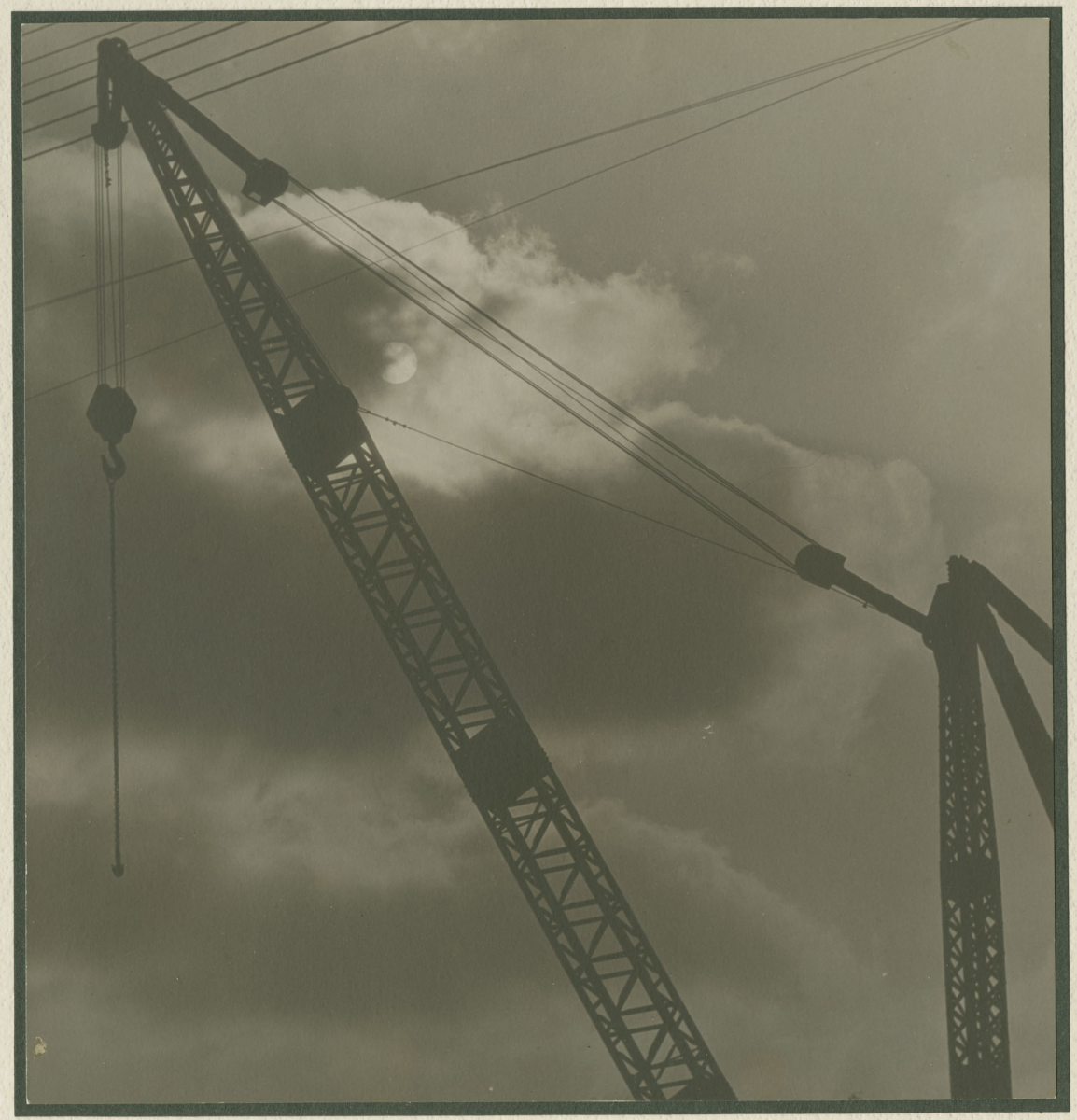
Let’s discuss this picture of a crane with a moon peeking from behind the clouds. When I look at the moon in this picture, I’m reminded of the Japanese concept of mono no aware. It refers to a profound sense of the transitory nature of all things, which evokes a sense of beautiful sadness. Such a sentiment was expressed in Japanese paintings through the depiction of the changing of the seasons or phases of the moon. In this photograph, Sata has contrasted the subtle melancholy of mono no aware with the angular modernity of an industrial crane.
Camera and Club
Meet the Japanese Camera Pictorialists of California
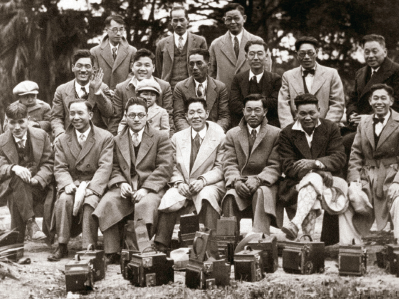
Kentaro Nakamura, Members of the Japanese Camera Pictorialists of California, 1929
As I mentioned earlier, Sata belonged to a camera club, the Japanese Camera Pictorialists of California. The group’s club rooms were located at various addresses along East First Street in little Tokyo. At the monthly club meetings, every member was required to present a new photograph, which would be critiqued. The standards were high, even though most members like Sata made many of their prints in a kitchen or bathroom sink or in the bathtub.
Most of the club members used a Graflex camera like Sata’s, which can be seen nearby. These cameras were large format, typically using either 3.25×4.25, 5×7 or 8×10 inch film. Sata’s camera was the smaller of these, which he likely preferred because of the lower film costs.
Using these bulky instruments, loading them with film, taking light readings, setting the camera, making the exposure, and then processing the film was a very different experience than that of using compact digital cameras or the phones that most of us use today.
Shadows and Patterns
Find out how photographers used them in their work
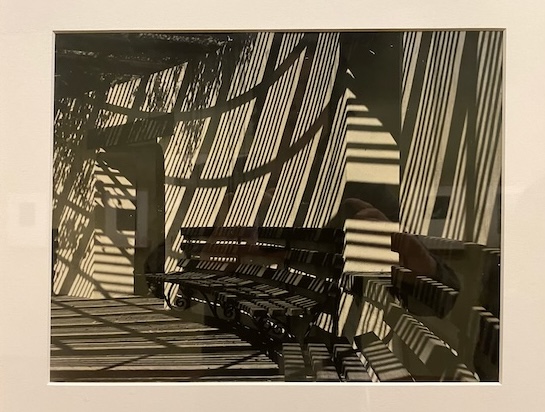
Most of the Japanese American photographers who worked in Los Angeles sought out scenes with strong shadows and patterns. Sata was no exception as we’ve seen previously, but this wall demonstrates forcefully his interest in both patterns and shadows. In some cases, one might say that the shadow patterns overwhelm the subject in the photographs, but in fact, shadows and patterns are the subject of the photographs.
Natural Forms
See how the nature influenced their photography
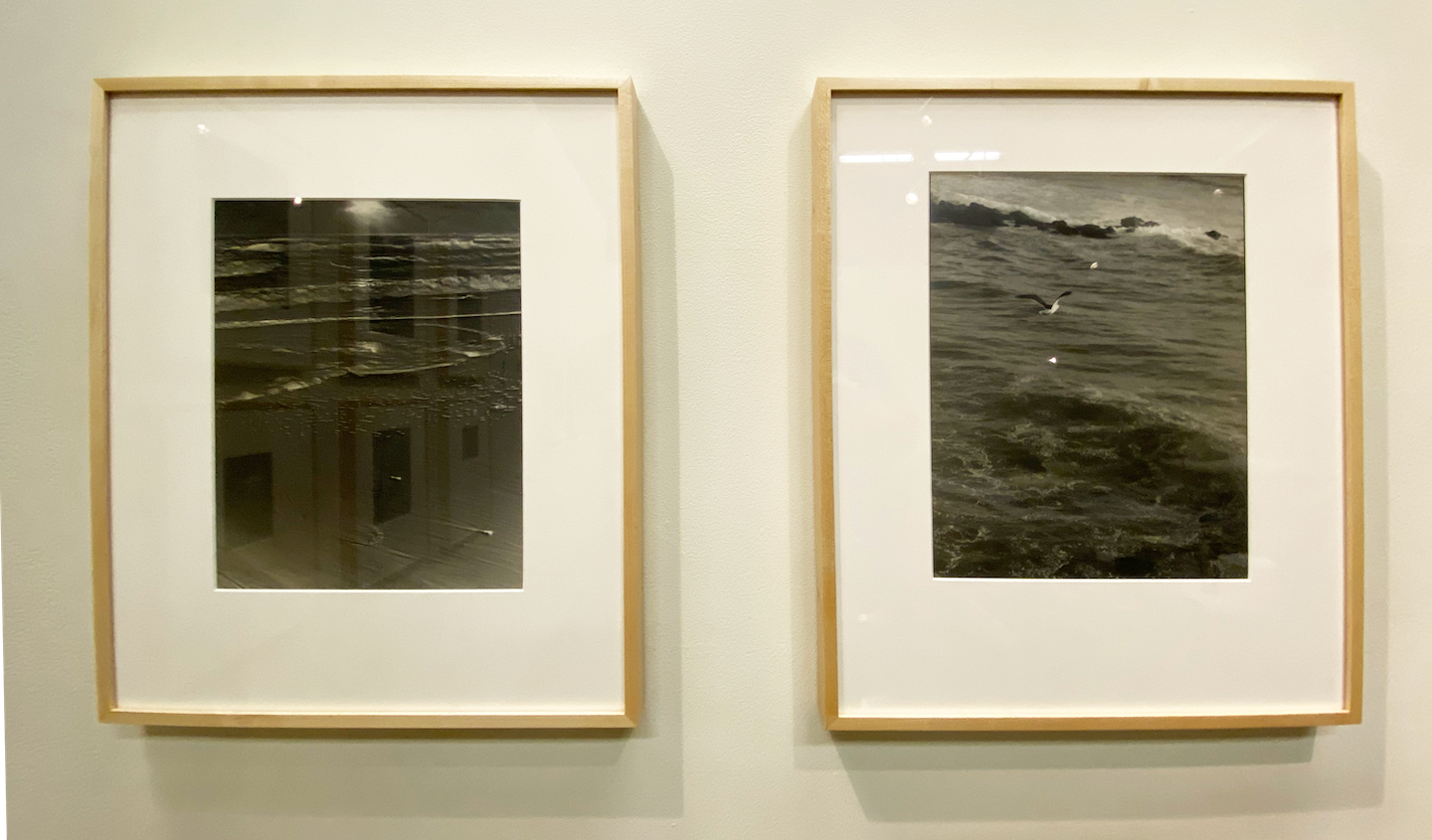
Shintoism is the indigenous religion of Japan in which nature is seen as the divinity itself. To the Japanese the importance of nature can hardly be overstated, so it is no surprise that Japanese Americans, including Sata, featured nature as an important subject in their photographs. Water in particular was a favorite subject. After all, water was and is of supreme importance to the island nation of Japan. The sea provides much of Japan's food, for example.
Many of the photographs in this exhibition include nature, and still more feature water, including ponds filled with lovely lily pads, sinuously curving shorelines, or pounding ocean waves.
Connections and Influence
Discover the global reach of the Little Tokyo photographers
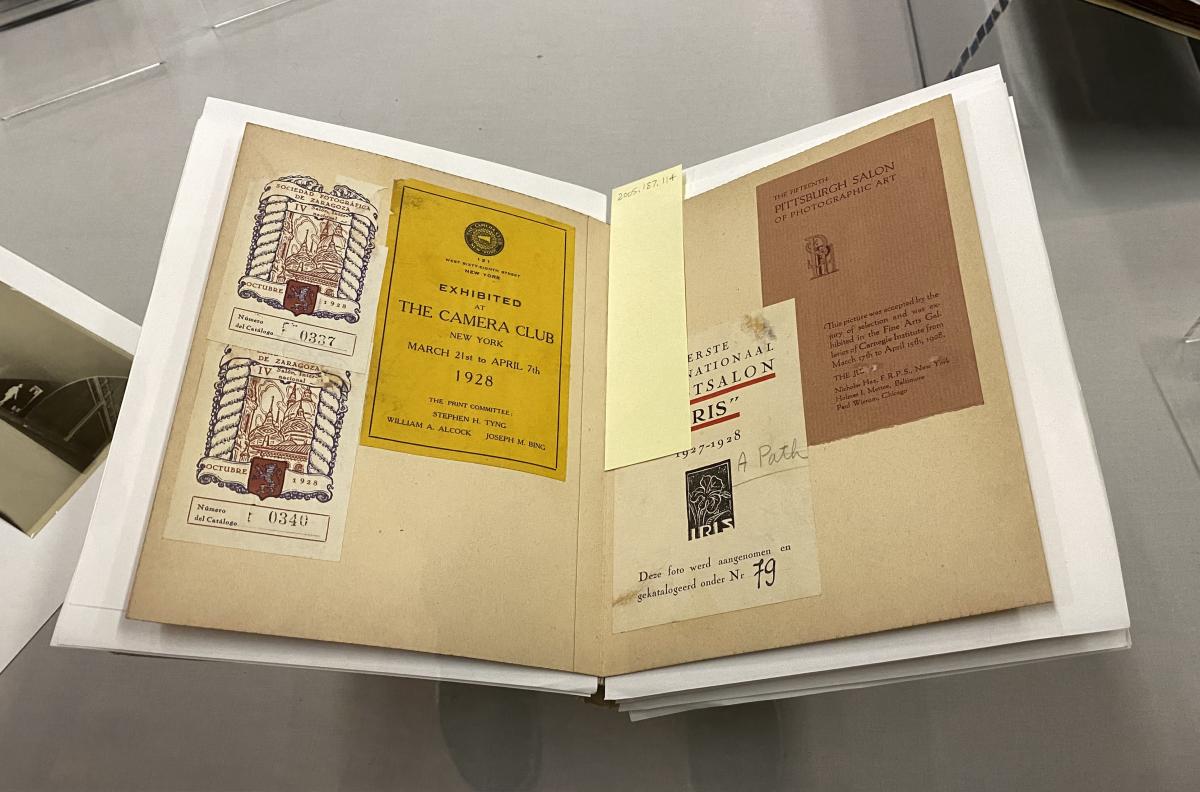
Little Tokyo, particularly at the beginning of the last century, has often been described as an isolated enclave. This was not always the case, especially for Sata and his fellow photographers. A number of prominent artists associated with the photographers in Little Tokyo, including Edward Weston, probably the most important photographer on the West Coast at the time.
Weston was even given three exhibitions in Little Tokyo. Likewise, Sata’s club hosted three exhibitions by prominent photographers from Japan, including Shinzō Fukuhara, who was regarded as the first important art photographer in Japan.
Publications from England, Germany, France, as well as America were read by the photographers in Little Tokyo. Many of these publications included modernist works created by prominent European photographers such as László Moholy-Nagy.
Photographs made by the Japanese Americans, including Sata, were also exhibited and published all over the world. They were seen by countless photographers in other countries, and they were widely appreciated. Works by Sata were exhibited in England, France, Italy, Spain, and Sweden, just to name a few.
Surviving Photographs
Find out how these photographs lasted through today
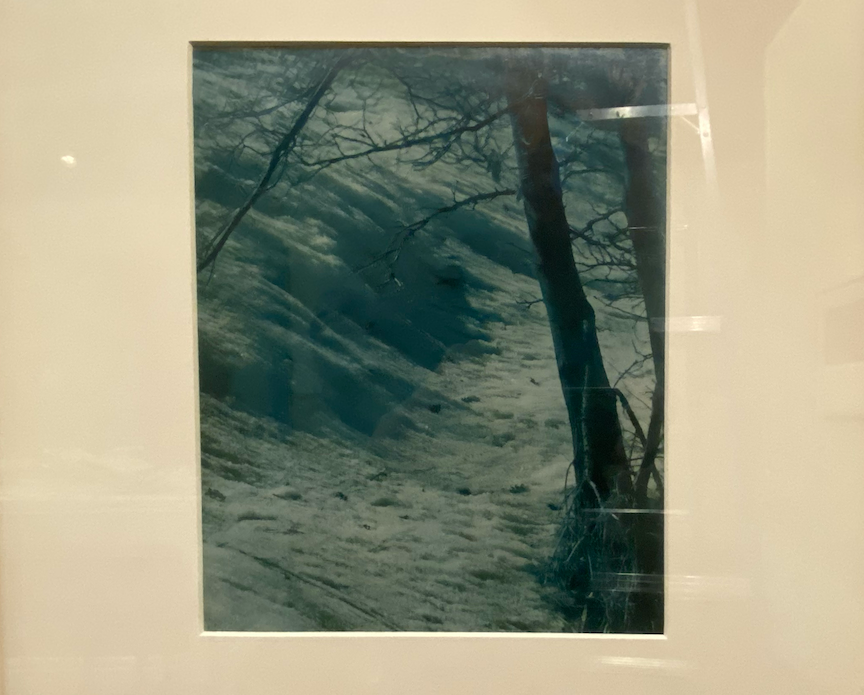
There were more than 180 Japanese American art photographers who were active in Los Angeles, San Francisco, Seattle, and other locations between the two World Wars, yet photographs by only a few survive. Why is that? A number of the photographers returned to Japan during the hardships of the Great Depression, where their photographs were lost. Many of those who stayed in the United States lost their photographs during the hysteria that accompanied the mass incarceration of Japanese Americans at the onset of World War II. Photographs were discarded, lost, or destroyed. Happily, a number of photographers were able to save their works, either by hiding them or storing them where they were not disturbed. We are fortunate that a sympathetic White family stored Sata’s work during the war. His is among the largest surviving archives.
Santa Anita
Learn how Executive Order 9066 affected the Sata family
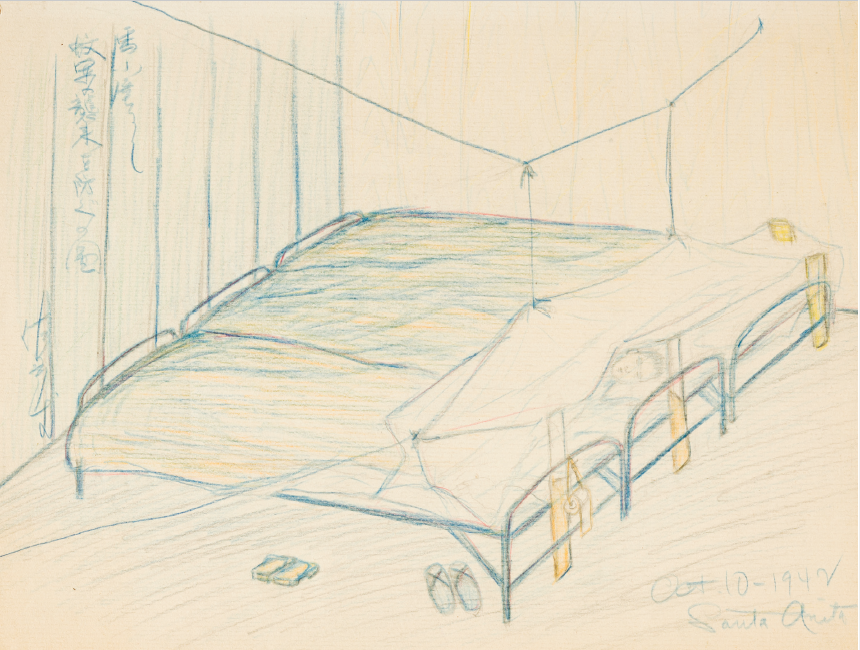
Following the bombing of Pearl Harbor in 1941, President Roosevelt signed Executive Order 9066 authorizing the forced removal and incarceration of all people of Japanese ancestry living on the West Coast. Many were United States citizens.
In March of 1942, the Sata family, which included J.T. Sata, his wife, Yoshi, and son, Frank, were forcibly housed in a horse stall at Santa Anita. To this day, Frank still remembers the ever-present smell of hay.
Later, the family would be moved to hastily built barracks at Santa Anita before being transported to concentration camps in Jerome, Arkansas and Gila River, Arizona.
After 9066 was issued, cameras were deemed contraband for those of Japanese ancestry, and photographs by Japanese Americans were viewed as suspicious by the United States government. In this climate, many Japanese Americans discarded, abandoned, or destroyed their photographs. Fortunately, Sata was able to hide his photographs for the duration of the war with a sympathetic white family.
Art in Camp
Explore Sata’s artful records of incarceration
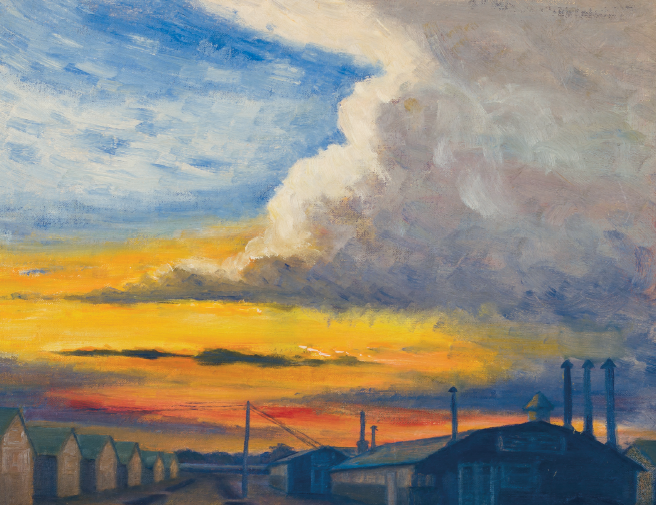
Before coming to the United States, Sata made many drawings and paintings of his beloved Kagoshima, where he lived in Japan. While incarcerated in the concentration camps in Arkansas and Arizona, he renewed his interest in drawing and painting, but these artworks were not created as expressions of a new modern world like the best of his photographs. Rather, they’re artful records of life during incarceration. Surprisingly, he did not depict its ugliness and many hardships. Instead, Sata seems to have sought beauty as an anecdote to the indignities of imprisonment. Of course, you’re not viewing the actual paintings, drawings, and sculptures. The original artworks are housed at the CALS Butler Center for Arkansas Studies where they were donated by the Sata family. Unfortunately, the objects were determined to be too fragile to travel for inclusion in this exhibition.
Kino’s Legacy
Learn about a mother’s courage and self-reliance
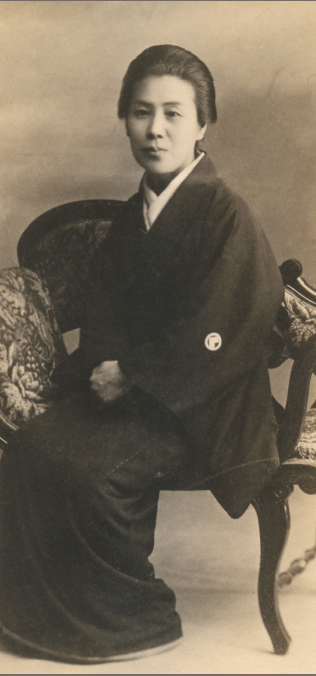
After the war, in October of 1945, Sata found work first as a gardener, then running a small diner. In 1947, he found a more permanent position as a custodian at a girl’s school in Pasadena. He became a beloved fixture at the school where they appreciated his artistic talents, even mounting a small show of his photographs. Sata’s son, Frank, who was pictured in the two photographs on this wall, attributes his father’s resilience and fortitude to Kino, who was J.T. Sata’s mother. She, like her husband, was born into a samurai family, but she did not have an easy life. She demonstrated great courage and self-reliance, which was an inspiration to her son. For example, after her husband’s unexpected death, she traversed the length of Japan from the north to the south, using the primitive means of transportation available in Japan at the turn of the last century, all the while caring for five children. J.T. Sata was one of those five children. I encourage you to view the interview with Frank Sata in the next room. I’m Dennis Reed, the exhibition curator. Thank you for joining me.
Support the understanding and appreciation of the Japanese American experience.